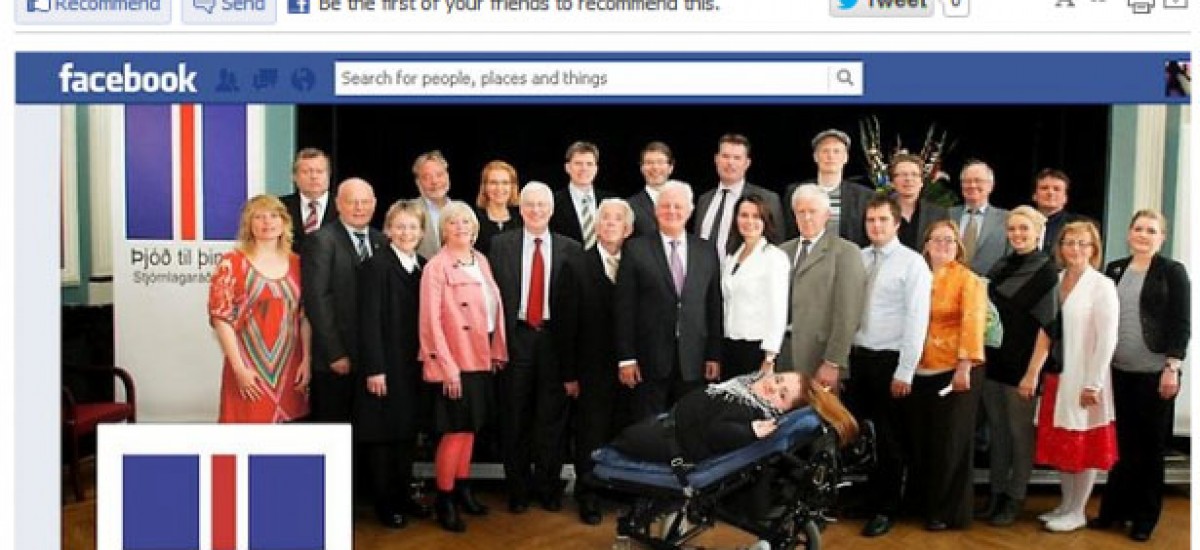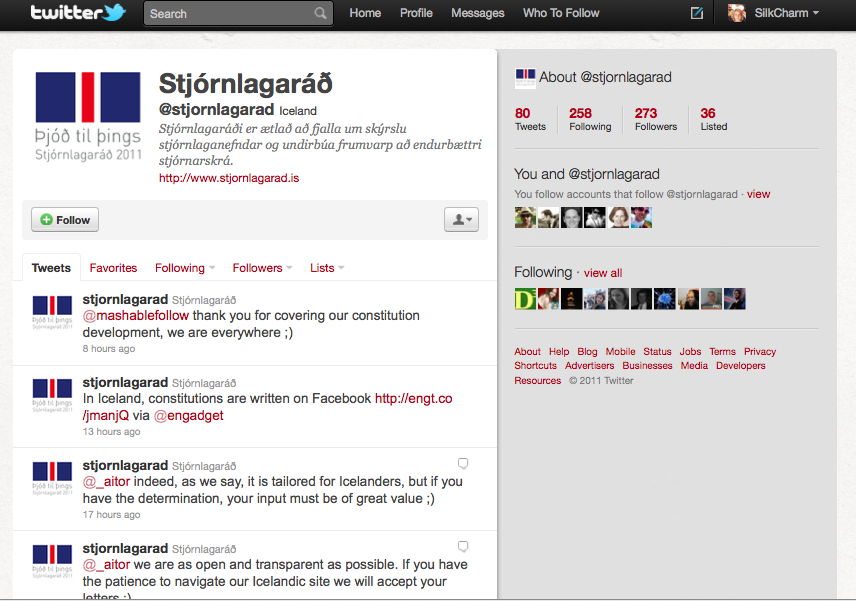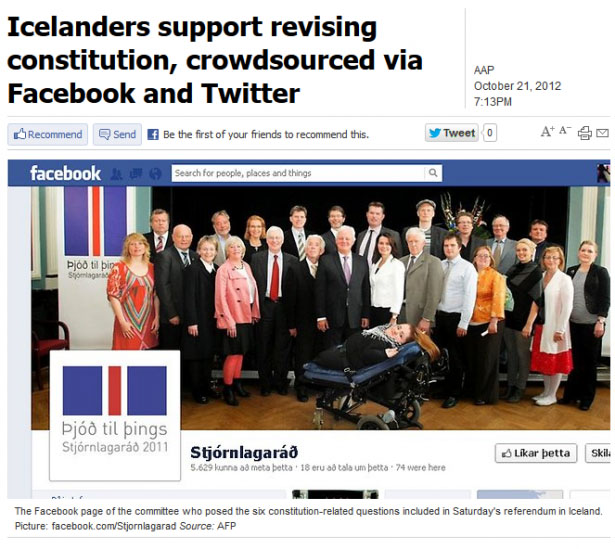Sri Lanka wants to make a new Constitution in a radically different way. It is poised to become the first developing country in the world to ‘crowd-source’ ideas for making the highest law of the land.
That is all well and good – as long as the due process is followed, and that process has intellectual rigour, transparency and integrity. Therein lies the big challenge.
On 17 January 2016, Prime Minister of Ranil Wickremesinghe outlined the new constitution-making process as “inclusive, transparent and in line with election pledges”.
He said the process “will seek the views of all political parties”. He also referred to the Public Representations Committee, a group of 20 civil society activists and public intellectuals set up recently to gather public opinions from direct consultations as well as through written submissions.
He called “on the youth of the country to get on social media and tell what they think — for this is a constitution made for the future.”
The Prime Minister added, “We will be the first country to formulate a constitution with ideas to be made through social media”.
Democracy on Ice
In fact, Iceland was the world’s first country to ‘crowd-source’ a new Constitution. From 2011 to 2013, the European nation of 330,000 people engaged in an exercise of direct democracy to come up with a modern Constitution to replace the existing one adopted in 1944. That involved many public hearings as well as using social media and other communications platforms to gather public inputs and to ensure public scrutiny.
At the time, Iceland was just emerging from the major financial crisis of 2008, triggered by the default of all three of the country’s major privately owned commercial banks. Relative to the size of its economy, Iceland’s banking collapse was the largest experienced by any country in history. The crisis triggered a major economic depression from 2008 to 2010 and widespread political unrest.
The Icelandic constitutional process entailed three key elements:
- A National Forum comprising a demographically representative mini-public of 950 randomly selected citizens who came up with the key principles and values to be embedded in the new Constitution.
- A 25-member Council of Constitution Drafters, selected from among citizens that deliberately excluded career politicians. It had 10 women and 15 men, and included a farmer, a pastor, an art museum director, a radio presenter, a trade unionist, a consumer spokesperson, a student and a filmmaker.
- The drafters tapped social media to seek inputs from other citizens, and also shared 12 successive drafts online, seeking and receiving public scrutiny every step of the way.
Beyond this, information and communications technologies (ICTs) were used to enhance transparency of the entire process. It drew global admiration, and set a high standard for genuine public participation in a vital law-making endeavour. The product of this effort was approved by 67% of the public in a referendum held in October 2012. Unfortunately, political bickering prevented the new Constitution from being formally adopted.
Thorvaldur Gylfason, Professor of Economics at the University of Iceland and one of 25 members in the Constitutional Council, has documented how, in spite of clear popular support, Iceland’s crowd-sourced constitution was “killed by politicians”. (Read his analysis at: https://goo.gl/b2kDhH)
Lessons for Lanka
Prof Gylfason attributes that eventual failure to political polarization and narrow vested interests. Such ‘quicksands’ of political expediency are all too common in Sri Lanka as well.
Hélène Landemore, an associate professor of political science at Yale University, wrote in July 2014: “Although it didn’t result in any actual constitutional change, the Icelandic experiment has definitely challenged the view that a constitutional process must be exclusionary and secretive, creating a precedent for a more democratic design. Let us hope it will inspire more experiments of the kind in the near future.”
(Full text at: http://goo.gl/2OsH60)
This is the path that Sri Lanka has now chosen: open and participatory Constitution making. It may not be as egalitarian and apolitical, but the path of consultation is certainly better than doing it by a select ‘junta’ (to use the PM’s own words).
To be sure, tropical Sri Lanka is vastly different. Its population of 21 million is 60 times larger than Iceland’s. But the Arctic nation’s generic lessons are well worth studying – both for inspiration and precaution.
Robust, inclusive process
In doing so, it is important to ensure that public consultative process is not limited to the web and social media. Instead of dominating, technologies should only enable maximum participation.
The Public Representations Committee has invited the public to write in with views on the new Constitution by or before February 10. They have sought views under 20 headings and the notice appeared in newspapers last week. These views may be sent in by post, fax or email. Alternatively, they may be entered directly at http://yourconstitution.lk.
Public hearings are also planned to be held in all 25 districts.
Now it is now up to us citizens to seize this opportunity to make meaningful and coherent submissions using whatever media or method available to us.
Online platforms and social media can widen the process. A quarter of Sri Lanka’s resident population, or just over 5 million people, now regularly uses the Internet – though not all of them use social media. Most (82%) users go online through mobile devices – their ownership cuts across geographical and economic divides.
As a long-time observer of ICT and new media trends, I see two clear benefits of social media based crowd-sourcing and online consultative processes.
First, the Lankan diaspora – of the Sinhalese, Tamils and Muslims – can contribute ideas and specific suggestions from wherever in the world they are. The government and Public Representations Committee should create space for engaging those interested among the two million plus Lankans estimated to be based overseas.
Second, unlike private submissions directly sent to the Committee, what is presented via social media can be open. This enables other citizens to discuss and debate such ideas among themselves. To streamline this, we have recently agreed on using a common hashtag: #NewConstLK.
Right to Dissent
In the coming months, we can expect plenty of noise and heat – the resulting cacophony is inevitable both online and offline. The challenge for the Committee and government is to keep the bureaucracy and legalities to a minimum. They also need to accommodate diversity and dissent.
Thus, it is ominous that the Minister of Justice has reportedly said only ‘traitors’ can oppose the yet-to-be-made new Constitution. (BBC Sinhala, 10 January 2016: http://bbc.in/1OZNlD6). Such remarks evoke memories of Rajapaksa intolerance. The right to dissent cannot be suspended no matter how noble the cause is.
At a logistical level, is the government ready to receive, sort, archive and analyse public submissions coming through multiple channels? Can the country’s ICT industry – now touching one billion US Dollars annually in software exports and outsourced services – rise to this occasion and augment the government’s technical capacity?
The bottom-line: gathering public proposals is commendable, but not an end by itself. The government needs to adopt a systematic method to study, categorize and distil the essence of what is suggested. And that must happen across English, Sinhala and Tamil languages.
Not all ideas from citizens may be relevant or feasible, but there needs to be intellectual rigour and integrity in how the whole process is managed. All along, it needs to be transparent and accountable.
ICTs, combined with men and women of honour, can make this happen.
Science writer Nalaka Gunawardene explores the nexus between new media, society and governance. He tweets from @NalakaG, and 1blogs at http://nalakagunawardene.com



